No scientist left behind: the diversity problem
A young woman and man, both underrepresented in science, contribute new perspectives to the field.
Science advances the most when the “best and brightest” individuals come together. In an effort to recruit such people, we set rigorous standards for entering higher education and the workforce. What emerges is a highly talented scientific community ready to tackle the world’s most pressing challenges. Right?
Not exactly. The United States is facing a severe shortage of potential talent in science, technology, engineering and math (STEM). This shortage occurs primarily along racial and gendered lines. Let’s investigate these social rifts using the scientific method.
1. Observation
Black, Hispanic and Native American populations are alarmingly underrepresented in science. The majority of people born in America today are non-white. Relative to their numbers, however, few minorities earn degrees or land jobs in STEM, according to Science News for Students. Other underrepresented demographics include women and LGBTQ+ individuals.
2. Hypothesis and Experiment
Is it possible that the discrepancy boils down to interest? Probably not. A 2016 survey found that black, Hispanic and Native American freshman college students were nearly as interested in STEM majors as white and Asian students. More likely, underrepresented groups are not encouraged by society to pursue STEM. Consider how the people predominantly shown in science textbooks are white men — a result of societal norms deciding who could participate in scientific inquiry. While these restrictions have widely disappeared, our biases haven’t.
Implicit bias describes a person’s unconscious biases toward different social groups. This example, courtesy of Scientific American, can illustrate it:
A father and a son are in a terrible car accident. The father dies at the scene. His son is rushed to the hospital and into the operating room. The surgeon says, “I can’t operate on this boy — he’s my son!”
The first step to addressing diversity in science is acknowledging how the field became so homogenous.
Listeners are asked how this is possible. Common responses include that the boy has two gay fathers or a biological and adopted father. These are both plausible answers, but most people miss the obvious one: the surgeon is his mother. Our minds are unconsciously trained to believe that only men can be surgeons.
Implicit bias is present in the scientific world. Employers are more inclined to hire a white person than someone within a minority group. AsapSCIENCE relays that minorities are less likely to have their research published than their white counterparts. They’re also less likely to be given raises. The first step to addressing diversity in science is acknowledging how the field became so homogenous.
3. Analysis
The racial imbalance in STEM owes itself, at least in part, to unconscious biases pervading society. This analysis begs the question: why diversify? In other words, is there any advantage to increasing diversity in STEM?
Diversity can be summarized as the difference within a group. STEM tends to be highly diverse in terms of nationality for example but lacks diversity as it relates to women and racial/ethnic minorities. For science to be diverse, then, it needs people with traditionally underrepresented as well as represented backgrounds.
When it comes to STEM, diversity of background is crucial. A study by Lu Hong and Scott E. Page published in the National Library of Medicine found that if intelligent individuals work together to solve difficult problems, the diversity of the group is more important than the individual abilities of the problem solvers. Another study by Richard B. Freeman and Weil Huang discovered that more diverse last names on research papers correlated with increased likelihood of the paper being cited.
4. Conclusion
Up to 75 percent of the U.S. population is composed of underrepresented groups in STEM. We have a responsibility to engage racial minorities, women, the LGBTQ+ community and those with disabilities in the progress of our nation and the world.
What is there to be done? Mentorship plays a significant role in increasing minority representation. At the high school level, this could mean inviting speakers from underrepresented backgrounds or creating programs to help under-resourced students succeed in science and math classes.
People will only enter careers they can see themselves in. That means illuminating and uplifting our nation’s hidden figures.
Check out these YouTube channels to support underrepresented creators:




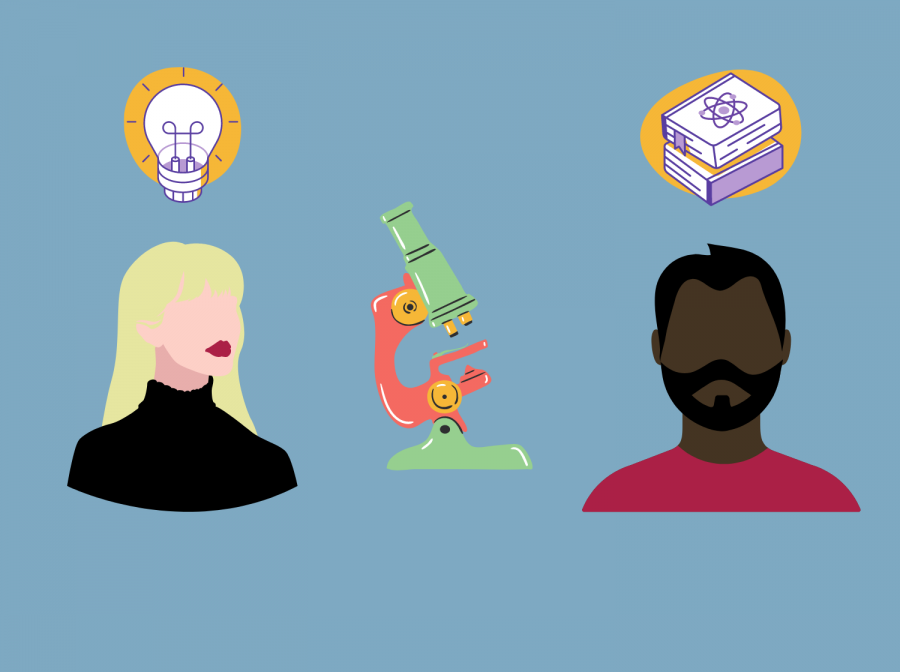
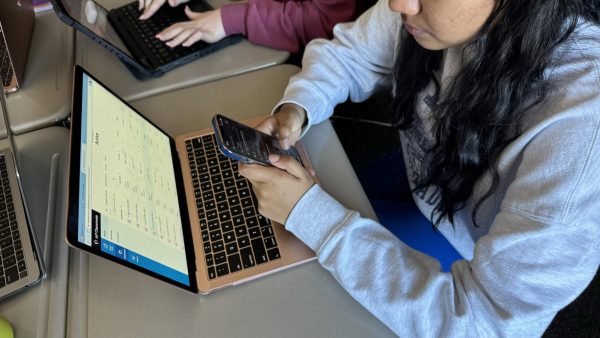




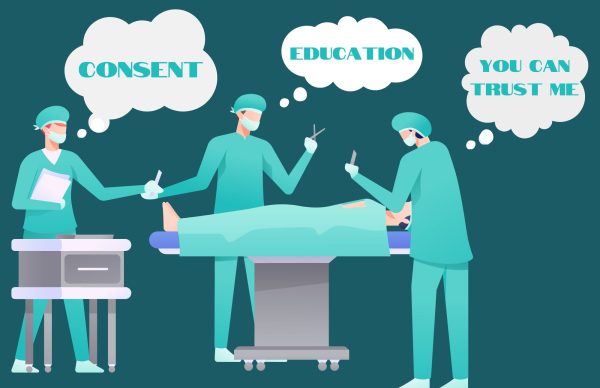
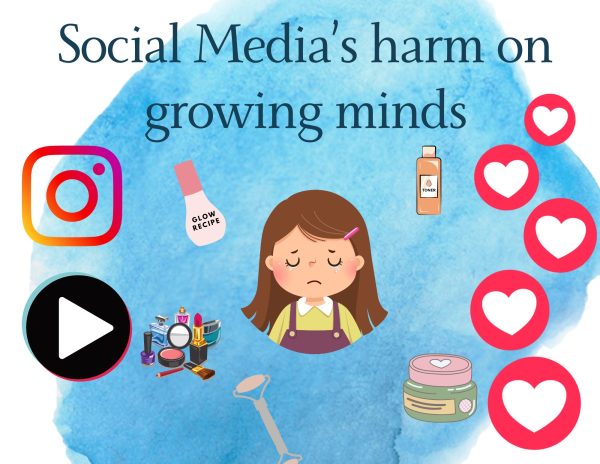
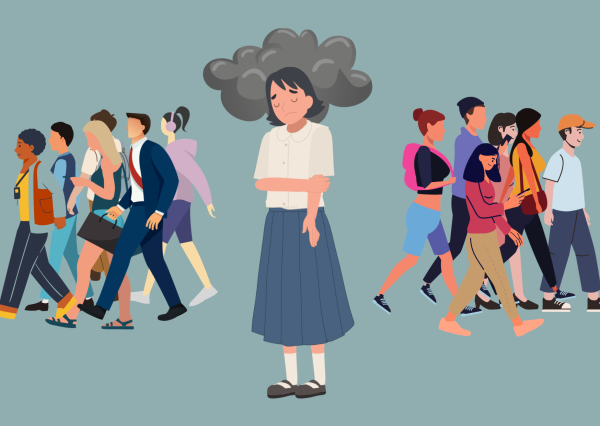

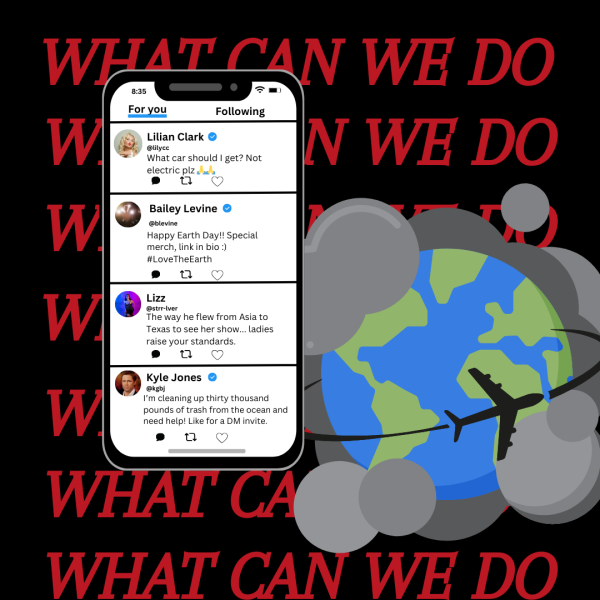
Renee Ricks • Mar 26, 2021 at 6:35 pm
Sage you truly captured how the lack of diversity can deprive the STEM world of valuable insight and ideas from women, minorities and the LGBTQ+ community. Those biases are sewn into the fabric of our society. Fortunately, with bright young ladies like you, we have hope that things will change for the better. You are awesome!!!
Mosher • Mar 4, 2021 at 4:21 pm
SAGE
this
is
INCREDIBLE!!!!!
You are amazing! I miss you! Tell Tekotte I miss her too :,)